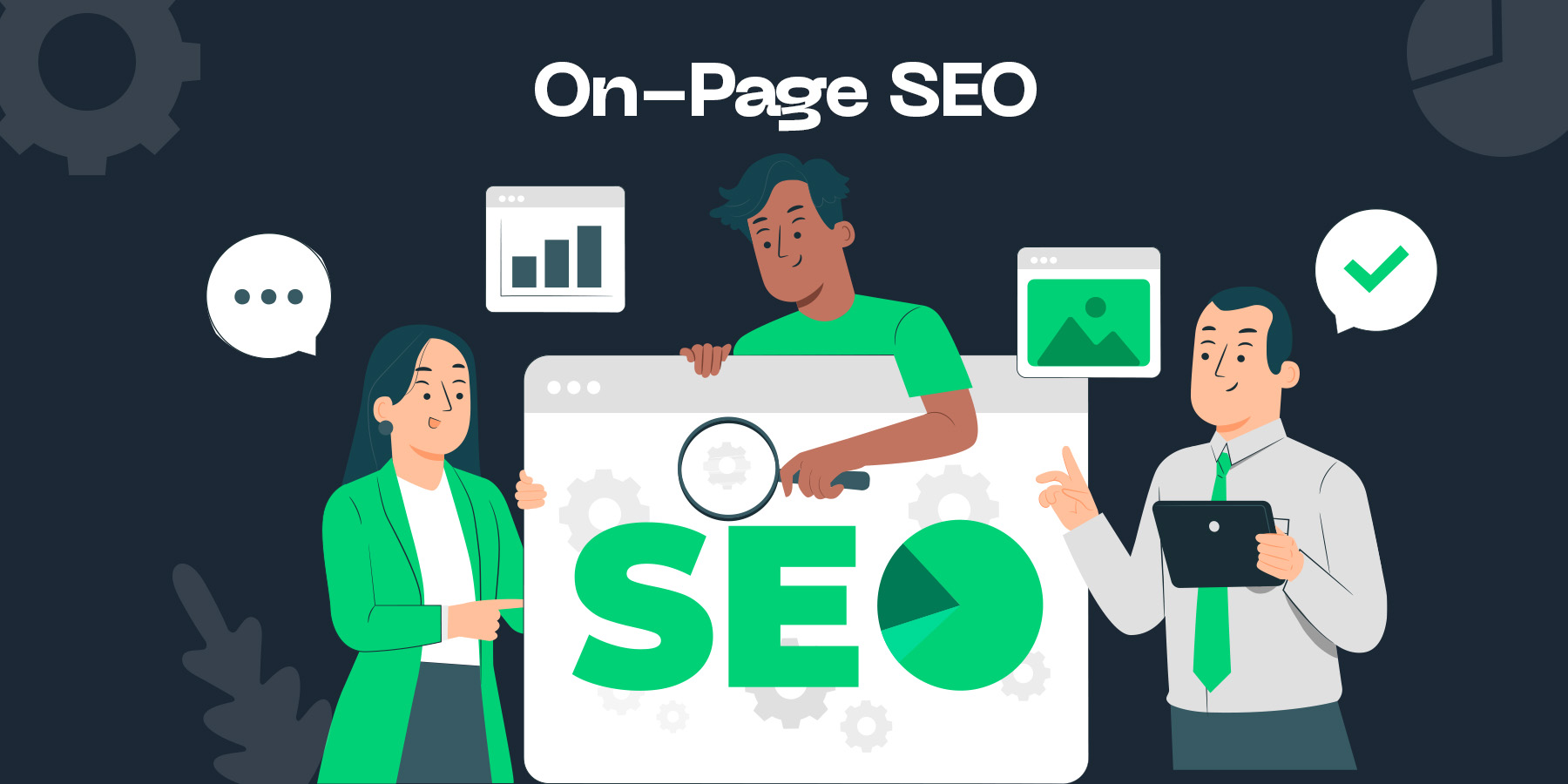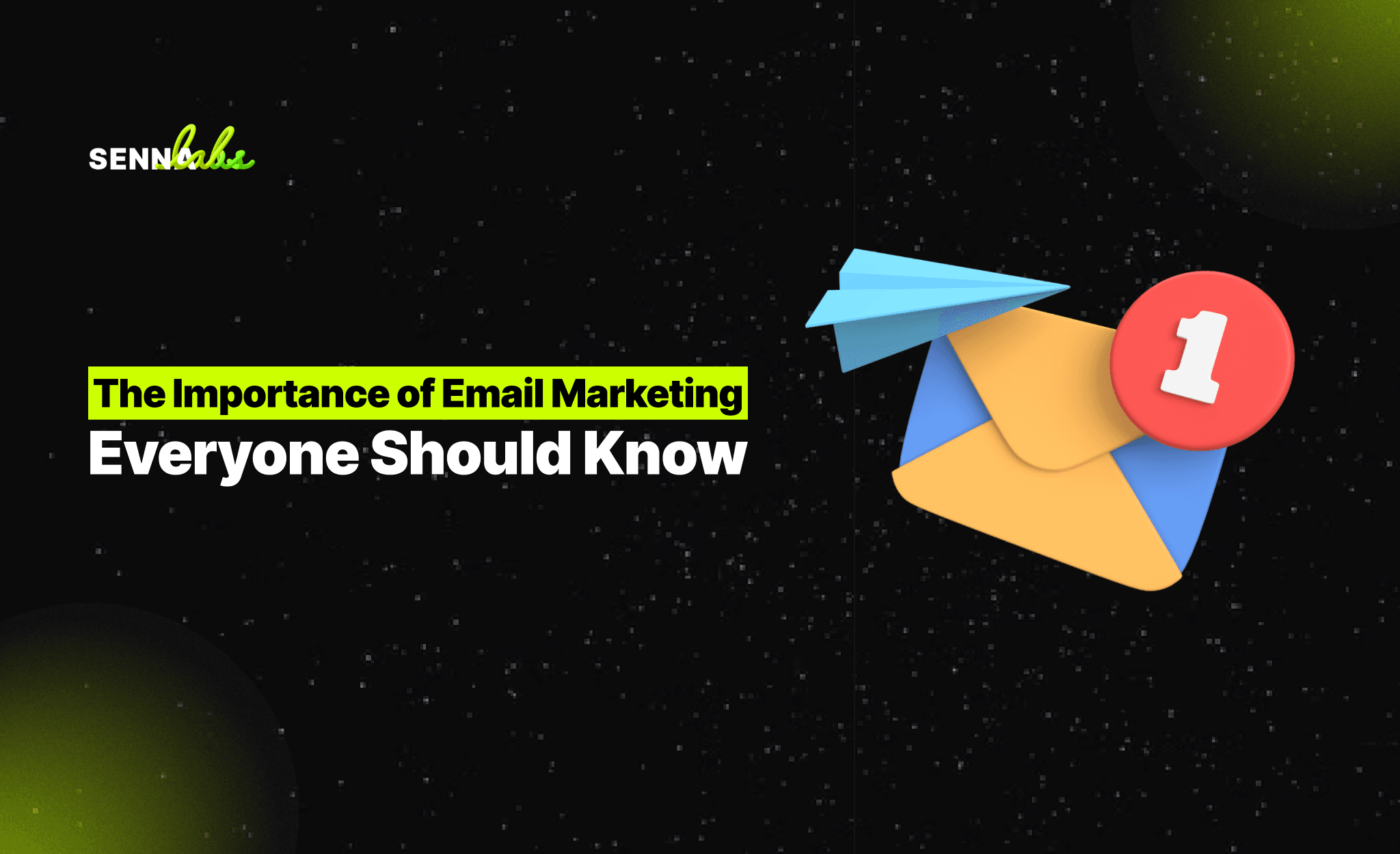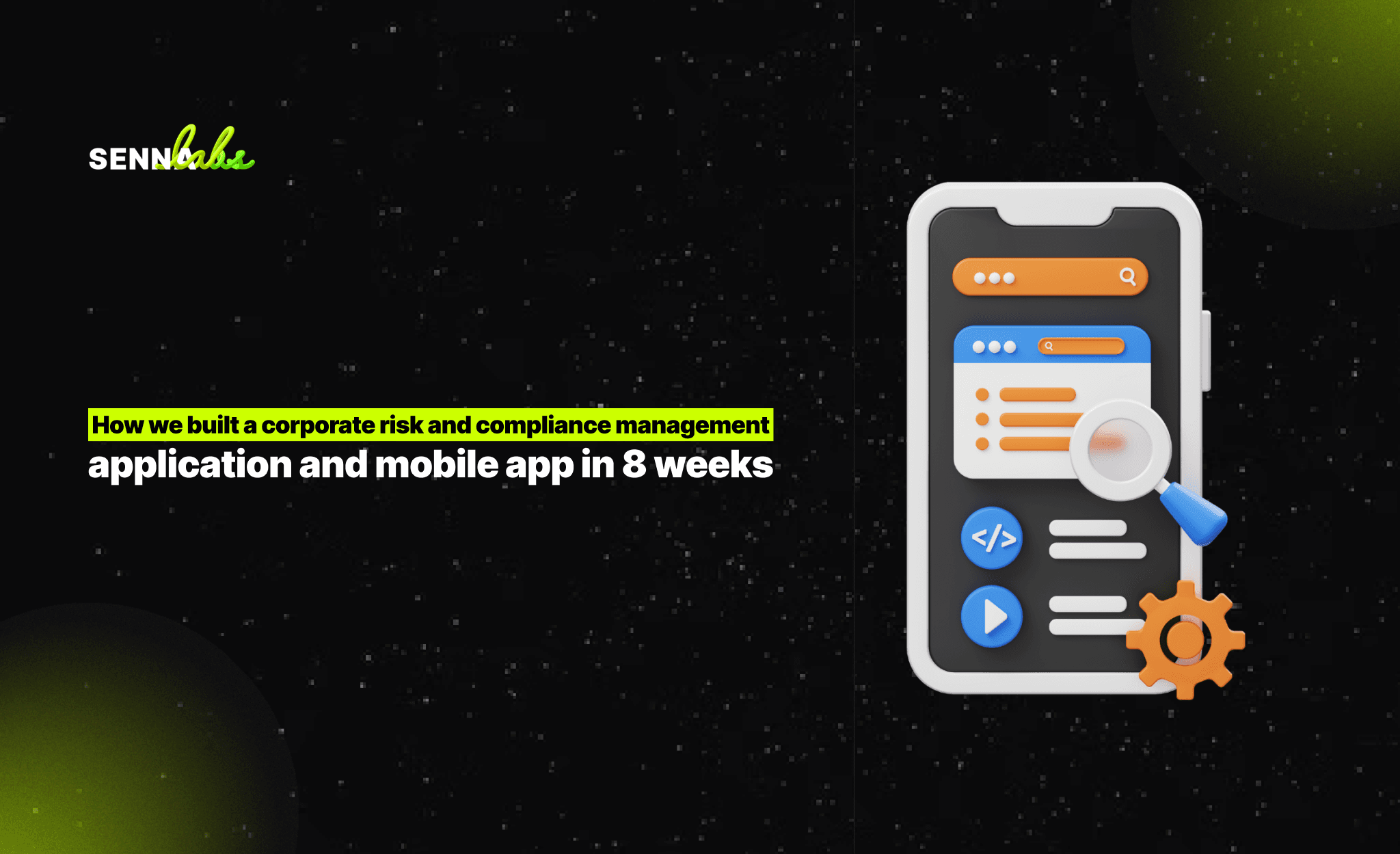Why Clear Content Structure Boosts On-Page SEO
Share

When it comes to improving your website’s visibility in search engines, most people focus on keywords, backlinks, or metadata. But one of the most overlooked—yet incredibly effective—SEO strategies is having a clear content structure.
A well-structured page isn’t just easier for users to read—it’s easier for search engines to understand. Google’s goal is to deliver relevant, useful content. And your job is to present that content in a way that makes its relevance unmistakable.
In this article, we’ll explore how a clear content structure benefits both users and SEO, what elements make content structure effective, and how one movie review blog doubled its average time-on-site simply by improving how their pages were organized.

What Is Content Structure in SEO?
Content structure refers to how your webpage is visually and semantically organized. It involves:
-
The use of headings (H1, H2, H3)
-
Paragraph hierarchy and logical flow
-
Lists and bullet points for clarity
-
Internal links that guide users to related content
-
Proper spacing and formatting for readability
Search engines like Google rely on this structure to understand what your content is about and determine which queries it best matches.
Why Content Structure Matters for SEO
1. Helps Search Engines Understand Page Hierarchy
Search engine crawlers scan your page from top to bottom, just like a human would. Clear headings and subheadings tell Google:
-
What your main topic is (via the H1 tag)
-
What each section covers (via H2s and H3s)
-
How different parts of the content relate to each other
The better Google understands your content, the more likely it is to show your page for relevant search queries.
2. Improves User Experience and Readability
Let’s be honest—no one enjoys reading a giant wall of text. Visitors scan pages looking for answers. A well-structured article helps them:
-
Find what they’re looking for quickly
-
Stay engaged longer
-
Scroll less and understand more
This reduces bounce rates, increases session duration, and improves the chances of conversions—all of which support SEO indirectly.
3. Enhances Featured Snippet Potential
Pages that use clear headings, numbered lists, or bullet points are more likely to be pulled into featured snippets—the boxes of content that appear at the top of some Google results.
Organizing your content into sections with concise answers and logical lists makes it easier for Google to “grab” information directly from your page.
4. Supports Internal Linking and Topic Clustering
By organizing content logically, it becomes easier to link to related pages on your site. This not only helps SEO by passing link equity but also helps users explore more of your content.
Search engines use internal links to understand relationships between pages and to distribute authority across your site.
Key Elements of Strong Content Structure
1. Headings (H1–H3 and beyond)
Headings break your content into scannable sections. They also give context to what each part of the page covers.
-
Use only one H1 per page (usually your page or article title).
-
Use H2s for main sections and H3s for sub-points within those sections.
-
Include keywords naturally in headings, but never force them.
2. Short Paragraphs and Logical Flow
Each paragraph should focus on one main idea and lead naturally into the next.
Best practices:
-
Keep paragraphs under 4 lines
-
Use transition phrases to guide readers (e.g., “Next, we’ll look at…”)
-
Start with a summary or preview of what the page contains
3. Bullet Points and Numbered Lists
When presenting multiple items or steps, use lists. They:
-
Break up long sections
-
Improve readability
-
Make content more “snippable” by Google
Examples include:
-
Features
-
Pros and cons
-
Step-by-step processes
4. Internal Links
Adding links to related content helps users explore and boosts SEO authority throughout your site.
Tips:
-
Use descriptive anchor text (e.g., “learn more about H1 tags” vs. “click here”)
-
Link to both newer and older content
-
Only link when relevant and useful to the reader
5. Whitespace and Visual Breaks
Good structure isn’t just about headings—it’s also about design clarity.
-
Use adequate line spacin
-
Include subheadings every 300–400 words
-
Add visual elements (like images or infographics) to break up text
Even in a text-heavy article, good spacing makes all the difference.
Real-World Use Case: How a Movie Review Blog Doubled Engagement
A movie review website had been steadily posting high-quality content but noticed that visitors weren’t staying long. The average time-on-site was under one minute, and bounce rates were high.
Here’s what they did to fix it:
-
Introduced clear headings for sections like “Plot Summary,” “Cast Performance,” “Critical Analysis,” and “Final Verdict”
-
Used bullet points for pros and cons of each film
-
Added internal links to related reviews (e.g., linking an article about "Avengers: Endgame" to "Infinity War")
-
Broke up dense paragraphs into shorter, more readable chunks
The result:
-
Time-on-site doubled within a few weeks
-
Bounce rate dropped significantly
-
SEO rankings improved for several key film-related search queries
This simple structural overhaul made the content easier to navigate for both readers and search engines.
How to Audit and Improve Your Content Structure
-
Review your headings
-
Does your page have a clear, single H1?
-
Are H2s used to introduce new topics or sections?
-
Check for paragraph length
-
Long paragraphs can be intimidating on mobile screens. Break them up.
-
Add subheadings every few hundred words
-
Make content skimmable for users in a hurry.
-
Insert bullet points where appropriate
-
Especially for features, lists, or step-by-step instructions.
-
Use internal links wisely
-
Help users discover related content without overwhelming them.
Final Thoughts
In the world of SEO, content structure is one of the most effective (and often ignored) tactics to improve both rankings and readability. It doesn’t require new content or expensive tools—just thoughtful organization of what you already have.
By using headings, bullet points, internal links, and clean formatting, you make your site more valuable to users—and more understandable to search engines.
When users stay longer and find what they need faster, everyone wins.

Share

Keep me postedto follow product news, latest in technology, solutions, and updates
Related articles
Explore all


